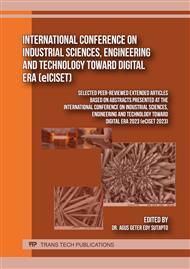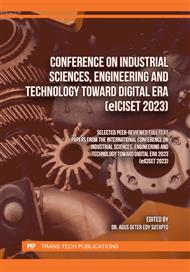[1]
Jurafsky, D., & Martin, J. H. (2019). "Speech and Language Processing" (3rd ed.). Pearson. This book is a highly comprehensive source on Natural Language Processing, covering various topics such as text analysis, syntax, language modeling, and machine translation.
Google Scholar
[2]
Manning, C. D., Raghavan, P., & Schütze, H. (2020). "Introduction to Information Retrieval." Cambridge University Press. Although this book focuses on the field of information retrieval, it contains many concepts and techniques relevant to Natural Language Processing, especially in the context of indexing and text search.
DOI: 10.1007/s10791-009-9096-x
Google Scholar
[3]
Goldberg, Y. (2020). "Neural Network Methods for Natural Language Processing." Synthesis Lectures on Human Language Technologies, 10(1), 1-309. This book discusses neural network-based approaches in Natural Language Processing, including topics like word embeddings, language modeling, and text understanding.
DOI: 10.1007/978-3-031-02165-7_11
Google Scholar
[4]
Manning, C. D., & Schütze, H. (2020). "Foundations of Statistical Natural Language Processing." MIT Press. This book provides a comprehensive overview of statistically-based Natural Language Processing, including techniques such as probabilistic language modeling and syntactic analysis.
Google Scholar
[5]
Bird, S., Klein, E., & Loper, E. (2021). "Natural Language Processing with Python." O'Reilly Media. This book offers a practical approach to Natural Language Processing using the Python programming language and popular libraries like NLTK (Natural Language Toolkit).
DOI: 10.1007/s10579-010-9124-x
Google Scholar
[6]
Socher, R., Manning, C. D., & Ng, A. Y. (2021). "Recursive Deep Models for Semantic Compositionality Over a Sentiment Treebank." Proceedings of the Conference on Empirical Methods in Natural Language Processing (EMNLP), 1631-1642. This article discusses the use of recursive deep neural models in sentiment analysis, which is one of the important applications of NLP.
DOI: 10.3115/v1/d14-1220
Google Scholar



